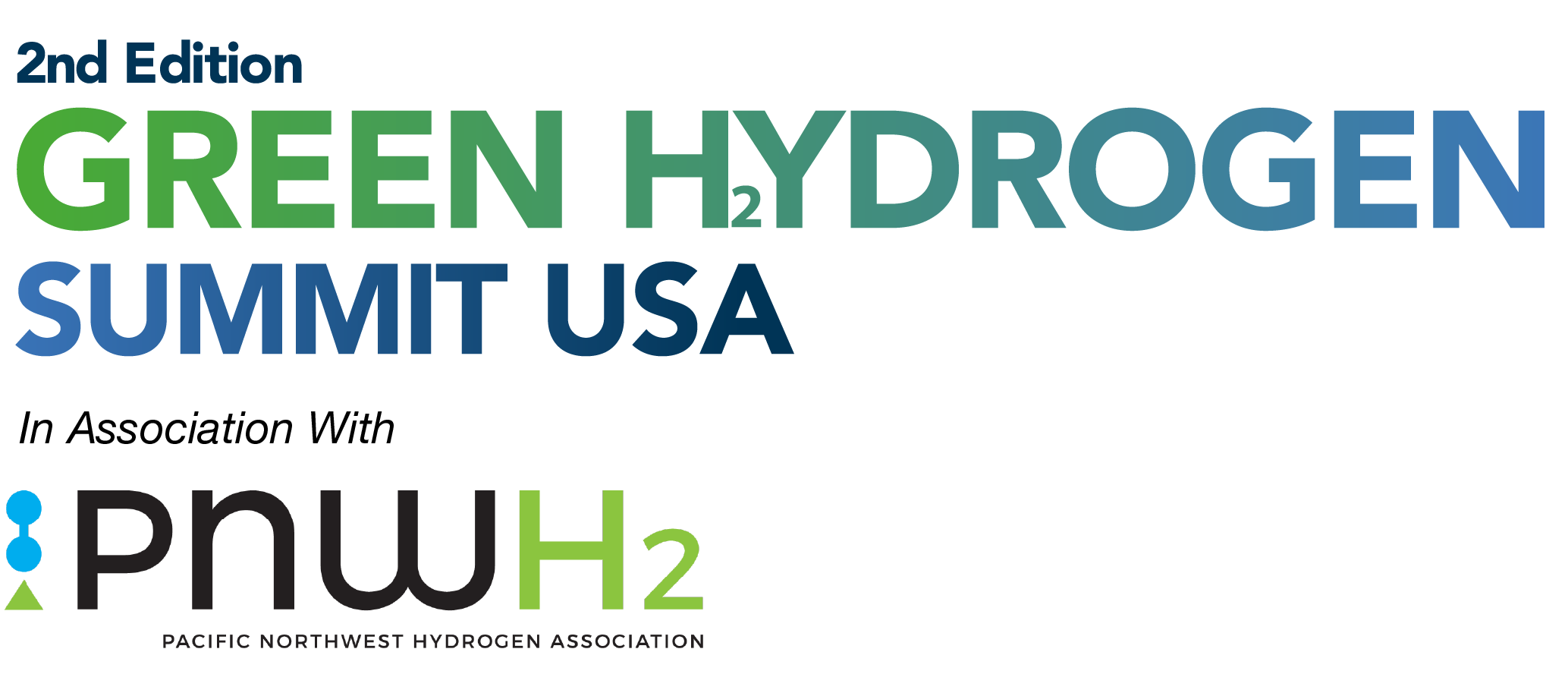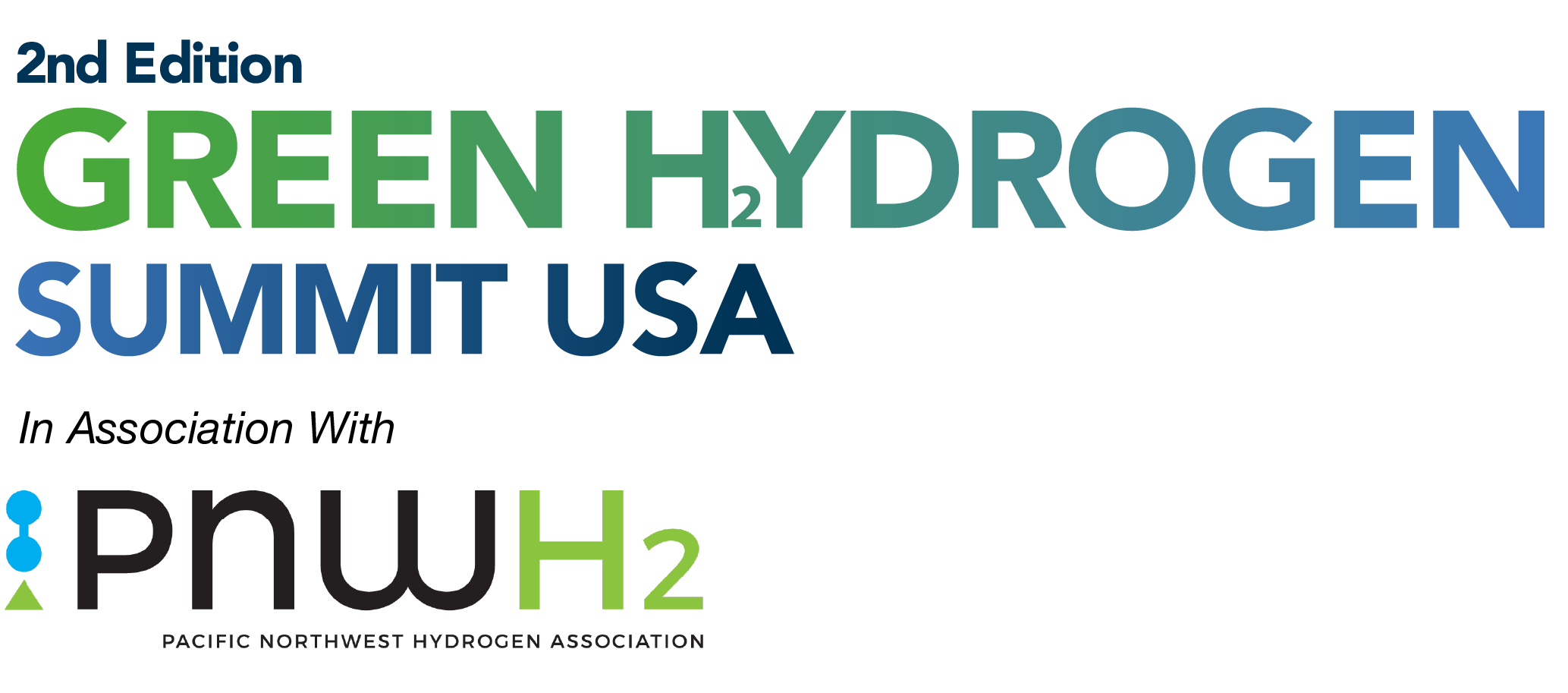How Can Hydrogen Position the Shipping Industry for Long-Term Profitability?
Time: 2:00 PM - 2:40 PM
Date: 30/09/2025
Synopsis
Maritime transport accounts for approximately 2.5% of global GHG emissions, making it a key sector in the EU’s efforts to meet its Paris Agreement commitments and 2030 climate goals. According to the International Energy Agency’s 2050 net-zero scenario, the shipping industry will need to consume 15 million tonnes of hydrogen annually as fuel, contributing to a total of 59.5 million tonnes used annually by 2050 for both fuel production and direct use. How will the maritime industry integrate hydrogen—will it primarily transport hydrogen or utilize it as a fuel?
- What are the expected timelines for the deployment of hydrogen-carrying vessels in U.S. waters?
- How feasible are smaller-scale hydrogen-carrying vessels, and what are the potential benefits and challenges?
- How can public-private partnerships facilitate the rollout of hydrogen pilot projects, and what are the strategies for navigating complex approval processes?
- In comparing hydrogen to electrification, what are the relative advantages and trade-offs for decarbonizing shipping?
- What federal funding opportunities, such as the Clean Ports Program, are available to support hydrogen adoption in the maritime sector?
Moderator
 Margaret Woodbridge Maritime Decarbonization Senior Program Manager - Washington Maritime Blue
Margaret Woodbridge Maritime Decarbonization Senior Program Manager - Washington Maritime Blue
Speaker
 Thomas Damsgaard Head of Americas - BIMCO
Thomas Damsgaard Head of Americas - BIMCO Michael Galvin Director - Waterfront/Commercial Real Estate - Port of LA
Michael Galvin Director - Waterfront/Commercial Real Estate - Port of LA David Fujimoto Senior Environmental Program Manager - Port Of Seattle
David Fujimoto Senior Environmental Program Manager - Port Of Seattle
« Back



